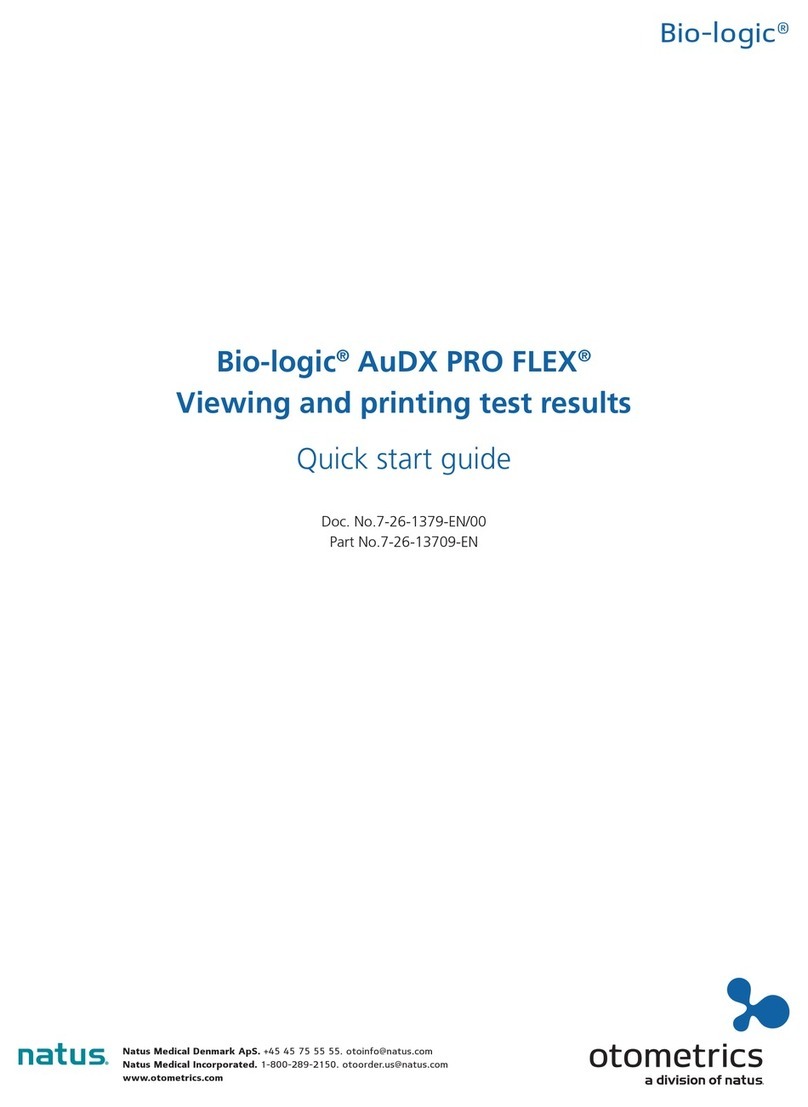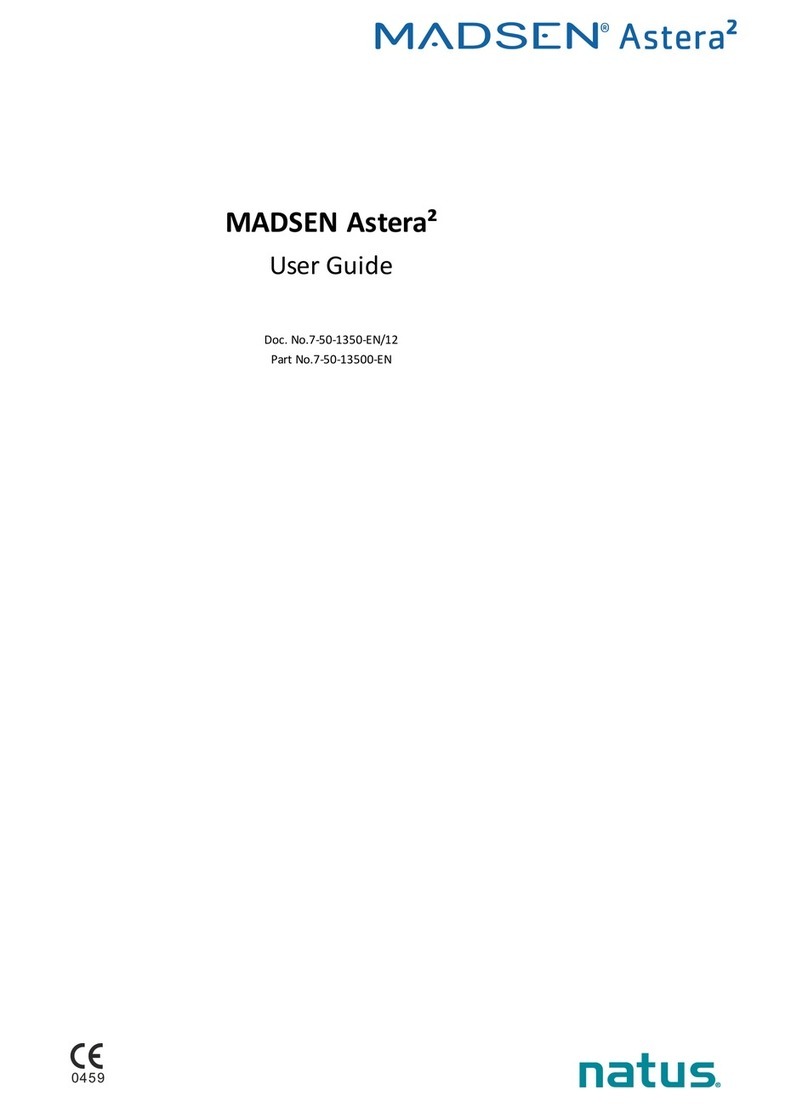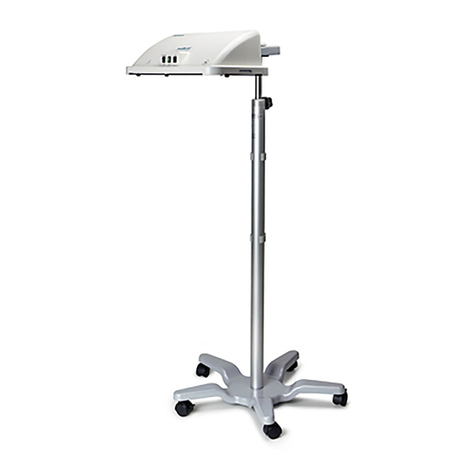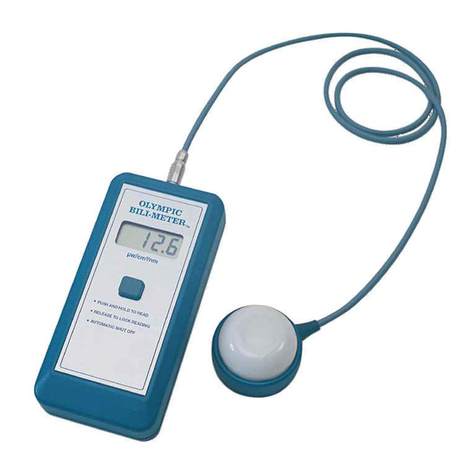
User and Service Manual Natus® Brain Monitor & Embla Dx Series™
3
Brain Monitor ...........................................................................................................................................26
Embla NDx...............................................................................................................................................26
Embla SDx...............................................................................................................................................26
Natus Base Unit.......................................................................................................................................27
Breakout Boxes .......................................................................................................................................28
Brain Monitor........................................................................................................................................28
Embla NDx...........................................................................................................................................29
Embla SDx...........................................................................................................................................30
Setup...........................................................................................................................................................31
Connections.............................................................................................................................................31
Setting the IP Address.............................................................................................................................32
Touchscreen Icons...............................................................................................................................34
Amplifier Usage and Features.....................................................................................................................35
Getting Started ........................................................................................................................................35
Placement of the Operator and Patient ...............................................................................................35
Beginning a study ................................................................................................................................35
Powering Down the System.................................................................................................................36
Adding the Breakout Box to a Pouch ......................................................................................................36
Potential Equalization Conductor ............................................................................................................37
Connection Mode ....................................................................................................................................37
Connecting the Natus Base Unit and Brain Monitor & Embla Dx Series Breakout Boxes......................38
Removing the Connections .....................................................................................................................38
Connecting to the Body Position Pod......................................................................................................39
Connecting to the Luer Lock Pressure Sensor .......................................................................................39
Transport System Specifications and Maintenance....................................................................................40
XLTEK Trolley Specifications..................................................................................................................40
Neurowand Cart (No PC) Specifications.................................................................................................41
Breakout Box Holster with Roll Cart........................................................................................................42
Natus ErgoJust Cart Specifications.........................................................................................................42
Maintenance............................................................................................................................................42
Warnings and Cautions...........................................................................................................................43
Electrical Input and Isolation Transformer Details...................................................................................43
Pulse Oximeter............................................................................................................................................44
Pulse Oximeter Specifications.................................................................................................................44
Pulse Oximeter Instruction for use ..........................................................................................................44
Pulse Oximeter Accessories....................................................................................................................44
Available Nonin Oximetry Sensors ......................................................................................................44


































